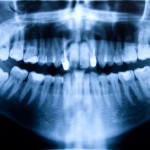
This trial compared eugenol dressing or chlorhexidine gel for dry socket prevention against no intervention. Both agents reduced the incidence of dry socket but the reduction was greater with eugenol.
[read the full story...]
This trial compared eugenol dressing or chlorhexidine gel for dry socket prevention against no intervention. Both agents reduced the incidence of dry socket but the reduction was greater with eugenol.
[read the full story...]
17 RCTs were included in this review of oral care to reduce ventilator associated pneumonia (VAP). Evidence suggests it can reduce prevalence but not ICU mortality, length of ICU stay or duration of mechanical ventilation.
[read the full story...]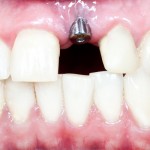
This review identified 11 small trials looking at self-management options for peri-implant disease. The quality of the available evidence for the best management strategies for peri-implant mucositis is limited at present.
[read the full story...]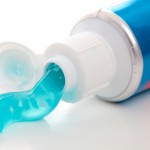
This new Cochrane review included 8 trials, involving a total of 2,876 children finding little evidence to support or refute the use of chlorhexidine varnish or gel in reducing caries or mutans streptoccoci levels.
[read the full story...]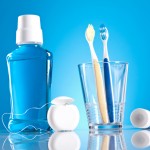
This new review covers the board topic of the efficacy of anti-plaque chemical formulations for managing gingivitis. 87 heterogeneous studies found a statistically significant benefit with most test products.
[read the full story...]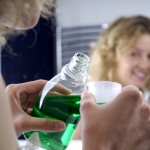
This review of mouthwash use in patients having fixed banded orthodontic treatment included 15 small studies and suggests that they reduce plaque levels. However the clinical relevance of the findings are uncertain and larger well conducted studies are needed.
[read the full story...]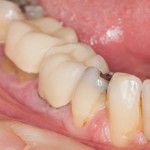
The prevalence of root caries is expected to rise and this review looked at a range of agents for non-invasive management. While 30 studies were identified they consider a large number of agents. While the review suggested that 5000ppm fluoride dentifrice was effective the number of available trials for this and the other agent was small and of limited quality.
[read the full story...]
This equivalence trial compared two alcohol free mouthrinses with an alcohol containing rinse and toothbrushing alone. At 8 weeks all 4 interventions reduced interproximal bleeding with plaque reductions being significantly greater in the mouthrinse groups. There was more staining in the 3 mouthrinse groups.
[read the full story...]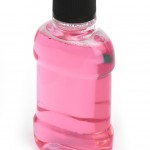
The role of chlorhexidine (CHX) in inhibiting plaque growth has been extensively studied. The aim of the review was to evaluate the effectiveness of CHX-containing dentifrice (DF) or gel (CHX DF/gel) compared with CHX mouthwash (MW). Searches were conducted in Medline-PubMed, the Cochrane Central Register of Controlled Trials (CENTRAL) and Embase databases. Randomized controlled trials [read the full story…]
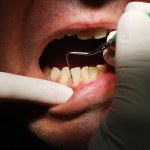
Periodontal disease refers to issues relating to or affecting the tissues surrounding the neck and root of a tooth, It is a significant oral health problem for people with Down syndrome. It can be a cause of tooth loss and has a number of contributing factors, which includes poor oral hygiene. Antimicrobial agents like chlorhexidine [read the full story…]